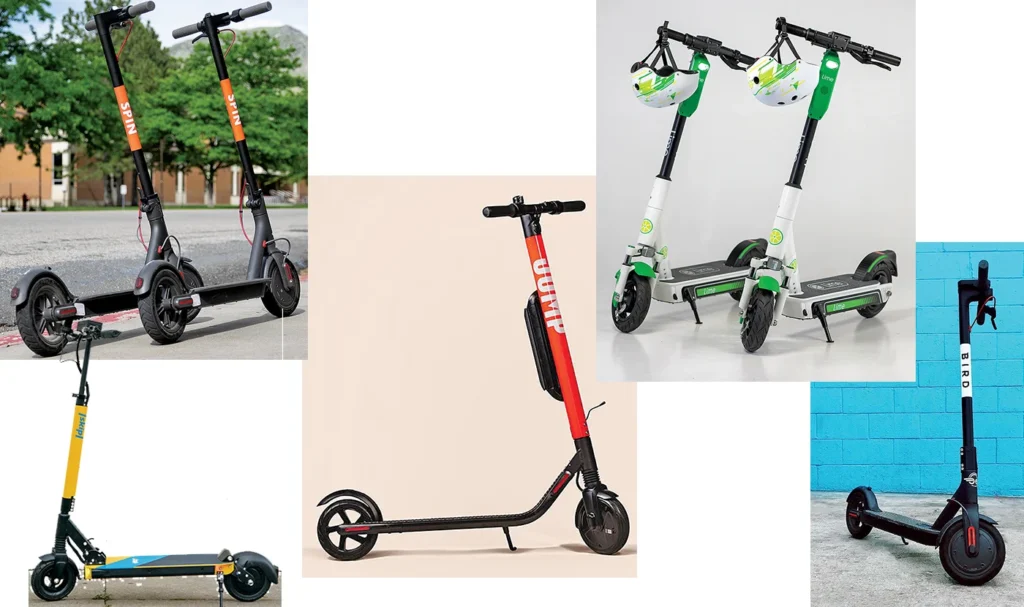As the quest for eco-friendly and efficient urban transportation intensifies, electric scooters and bicycles have emerged as popular alternatives to conventional vehicles.
While both options offer numerous benefits, safety remains a top priority for commuters.
In this article, we will compare the safety aspects of electric scooters and bikes, shedding light on the potential risks and advantages of each mode of transportation to help readers make an informed choice for their daily commuting needs.
Stability and Balance
Bikes are known for their inherent stability and balanced design, making them easy to control even for beginners.
With two wheels and a solid frame, riders can enjoy a stable and predictable ride, minimizing the risk of accidents.
On the other hand, electric scooters typically have a narrower wheelbase and a single handlebar, which may require a slight learning curve for new users to maintain balance.
Speed and Braking
When it comes to speed, electric scooters often have an edge over bikes. The ability to quickly accelerate and achieve higher speeds in congested city streets can be advantageous for urban commuting.
However, higher speeds also pose increased risks, necessitating responsible throttle usage and adherence to local speed limits.
Bicycles, although generally slower, allow riders to have better control over their speed through pedaling and come equipped with reliable handbrakes for effective stopping power.
Traffic Interaction
Both electric scooters and bicycles share the road with other vehicles, which requires cautious navigation and adherence to traffic rules.
Bikes, with their greater visibility and predictable maneuvers, may enjoy a slight advantage in terms of traffic interaction.
However, electric scooters’ compact size and agility enable riders to navigate through congested areas, reducing the chance of getting stuck in traffic.
Helmet Usage
Helmets are essential safety gear for both electric scooter riders and bicyclists. Wearing a helmet can significantly reduce the risk of head injuries in case of an accident.
However, studies have shown that electric scooter riders tend to wear helmets less frequently compared to cyclists.
Encouraging helmet usage for both modes of transportation is crucial in promoting overall safety.
Terrain Adaptability
Bikes are generally more adaptable to various terrains, including rough roads, gravel paths, and even off-road trails, providing versatility for riders seeking adventure beyond city streets.
Electric scooters, while efficient on smooth urban surfaces, may face challenges on uneven terrain and may not be suitable for off-road adventures.
Conclusion
When it comes to safety, both electric scooters and bikes have their advantages and considerations. Bicycles offer inherent stability and balanced control, making them a safer option for riders of all ages and experience levels.
On the other hand, electric scooters’ higher speeds and maneuverability may provide a more efficient urban commuting experience but require responsible riding practices and adherence to safety guidelines.
Ultimately, the safety of electric scooters and bikes lies in the hands of the riders. It is essential for riders to prioritize safety, wear helmets, follow traffic regulations, and exercise caution when navigating through busy city streets.
Understanding the specific safety considerations of each mode of transportation will empower commuters to make an educated decision based on their preferences and the unique challenges of their daily commuting environment.

